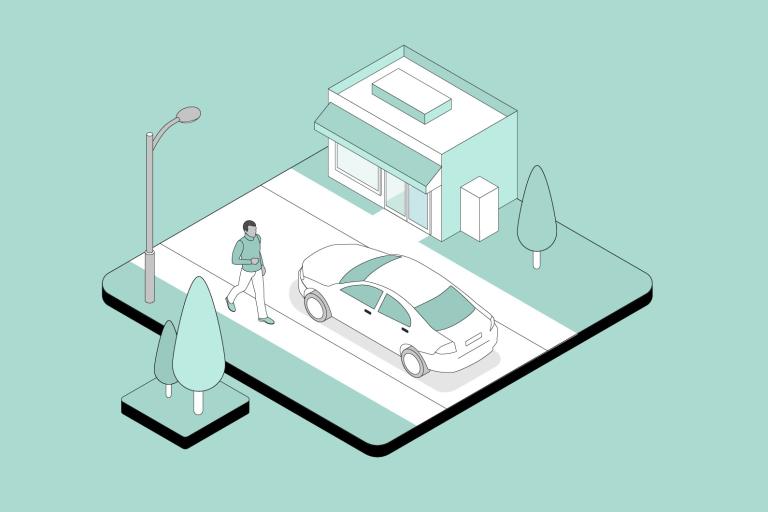Introduction to shared cycle and scooter scheme storage
Most public cycles and e-scooters are stored on-street and need highway space to be allocated.
Docked systems also require local planning permission to install the equipment. An electrical supply is required, along with cycle parking docks and additional space for the terminal. This means the location of the docks need to be considered carefully, particularly as they would typically take up twice as much space as conventional cycle parking.
Dockless cycle and scooter schemes offer more flexibility than docked systems. However, cycles and scooters left on footways are hazardous to pedestrians, particularly vision impaired people. Dedicated parking areas can help minimise these hazards, though may reduce some of the ‘door to door’ convenience that attracts users to the scheme.
Where docks for shared cycle schemes are provided, consideration must be given to:
- footway width
- access for maintenance
- redistribution of vehicles
- drainage
- access to utilities
- planting
- natural surveillance
- pedestrian and cycling flows




